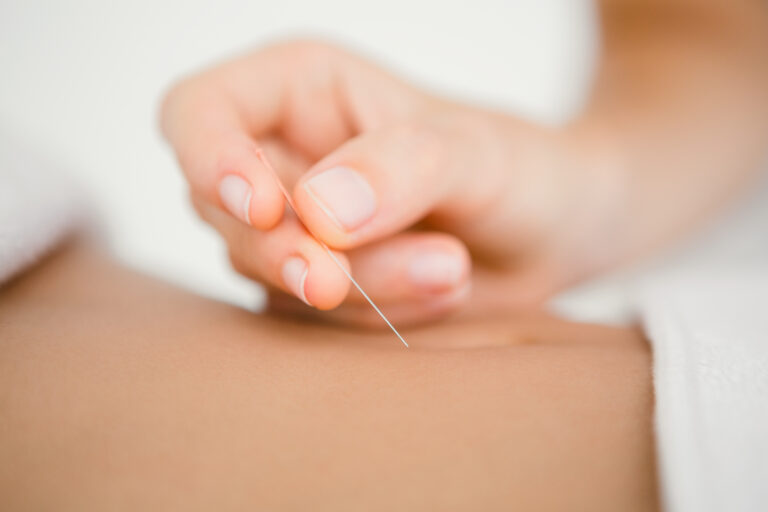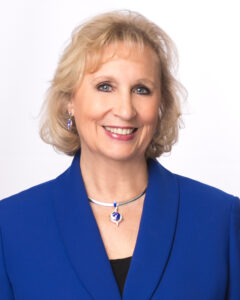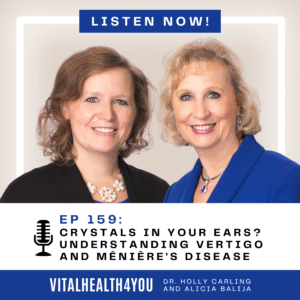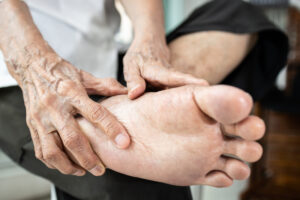Many people have asked, “What is acupuncture?” Acupuncture is the art of placing hair-fine, stainless steel needles into specific points located on the skin referred to as “acu-points”. These acu-points stimulate responses that assist the body in restoring function to the corresponding organ or system addressed. It is used to relieve pain, inflammation, muscle spasms and swelling where there has been trauma, surgery or just plain sudden onset or chronic conditions. Acupuncture can be used as a stand-alone option to health challenges or in combination with conventional medicine.
In China, acupuncture is used alongside conventional medicine. Just as we have specialized departments in our hospitals such as Physical Therapy, Respiratory Therapy, Laboratory, a Pharmacy, etc., in China they do as well, with some additions. They also have the Acupuncture Department and alongside the Drug Pharmacy, they have the Herb Pharmacy. Generally when under treatment in a hospital in China, you’ll be given both an herbal prescription and a drug prescription. Patients would receive acupuncture as part of their normal treatment plan. They would either be escorted to the Acupuncture Department for their treatments, or Acupuncturists would go to their bedside. It was as integrated into a typical hospital stay, as every other department. You could also come to the Acupuncture Department for regular treatments as a non-hospital visit. Just as in the US, acupuncture is also practiced in private offices.
When you come in for an acupuncture treatment you could expect to spend a couple of hours there on your first visit. A Licensed Acupuncturist does a medical and health history, “OM” Examination and will be looking for what is referred to as a “pattern of dysharmony”. What is treated is the pattern of dysharmony, not the disease by name. So you may come in for headaches, but your sleep will improve, your digestive issues will resolve and you will find a greater sense of wellbeing in addition to resolving your headaches. Licensed Acupuncturists do not treat symptoms (with some exceptions), they treat the cause of the symptom. Obviously if you injure a shoulder, knee, hip, back, etc. that will also be directly treated as well. The goal of the treatment is to restore function, wherever the challenge is. That treatment will include acupuncture, but also may include herbs and nutrition for a more complete resolution of health.
An “acupuncturist” is a healthcare professional who is qualified to administer acupuncture treatments. In the state of Idaho there are two basic designations: a Certified Acupuncturist and a Licensed Acupuncturist. A Certified Acupuncturist is generally a health care provider that took approximately 100 hours of acupuncture training to add to their existing professional license. A Licensed Acupuncturist received approximately 3,000 hours of acupuncture training that also comprised traditional medical training. A Licensed Acupuncturist can practice whether or not licensed in another profession. A certified acupuncturist can only practice under another allied health license.
© 2010 Holly A. Carling, O.M.D., L.Ac., Ph.D.







